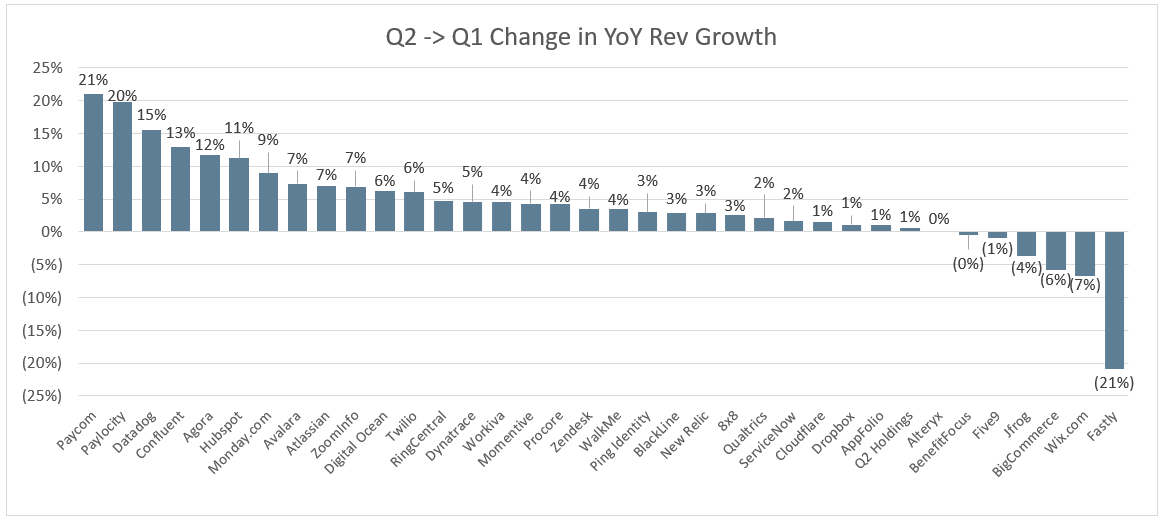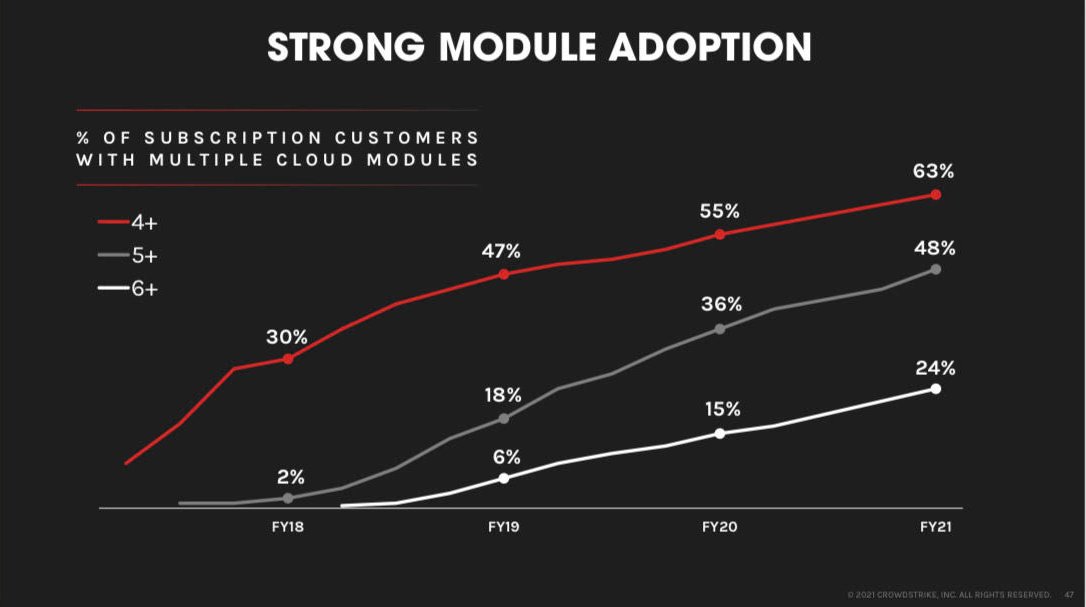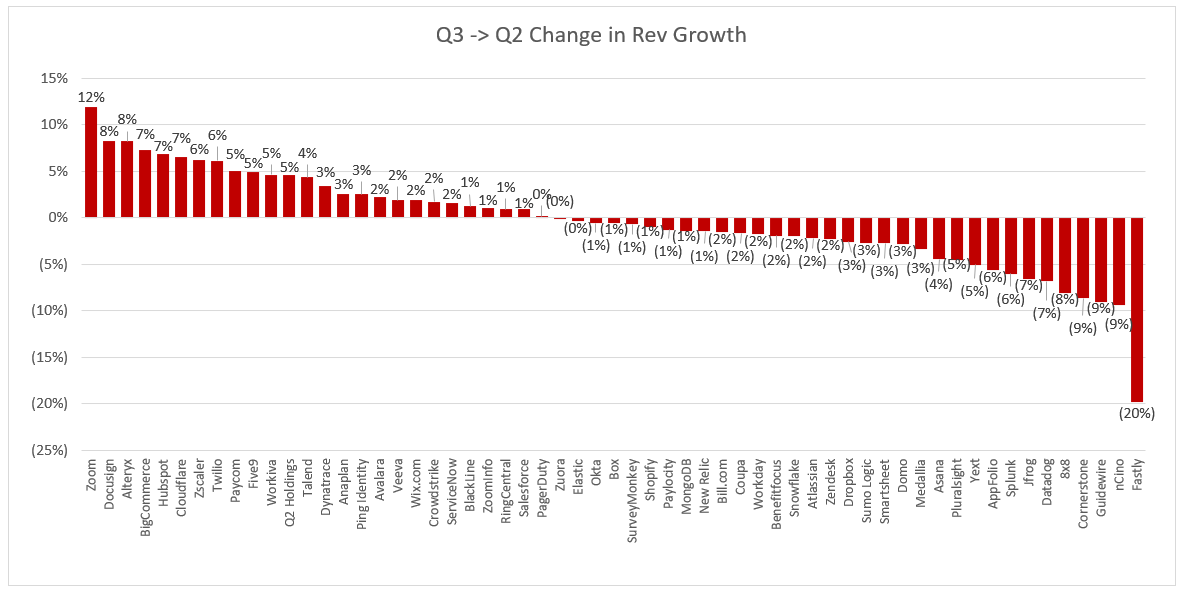
Asana and Monday are two fascinating businesses. I remember looking at private rounds many years ago and thinking "this is a commodity space, there won't be any big outcomes with a long tail of small / medium outcomes."
Both are ~$15B companies today. Software markets are huge!
Both are ~$15B companies today. Software markets are huge!
Both have executed extremely well and this shouldn't be understated. What's been incredibly impressive is the growth in the enterprise segments. Both define enterprise as customers with >$50k ACV. Asana grew that segment 92%. Monday grew it 226%. Way more than just a SMB business
Both businesses have net dollar retention >110%. This might not sound good in a vacuum, but it's incredibly impressive for businesses with a large base of SMB customers. Asana ACVs are ~$3k. Monday ACVs are ~$2k.
>110% NDR is best in class for the SMB segment
>110% NDR is best in class for the SMB segment
Both have amazing gross margins and sit in the top 5 of all cloud software companies.
However, they both sit in the bottom 5 of operating margin. Monday spends the most on S&M as a % of revenue of all cloud software companies, and Asana is third most (both >75%)
However, they both sit in the bottom 5 of operating margin. Monday spends the most on S&M as a % of revenue of all cloud software companies, and Asana is third most (both >75%)
This is a key question I'll be watching. They've shown they can grow, but can they grow efficiently?
A proxy for expected future profitability I look at is the CAC payback period. Asana is ~22 months, Monday is ~19 months. Median across all cloud software companies is ~25 months
A proxy for expected future profitability I look at is the CAC payback period. Asana is ~22 months, Monday is ~19 months. Median across all cloud software companies is ~25 months
Both payback periods are trending down and give me confidence that margins will improve quite a bit over time. Lower payback periods show me that newer cohorts will hit contribution margin profitability sooner than older cohorts
As these more profitable cohorts mature and start to represent a larger portion of overall revenue (and grow themselves through net expansion) we'll see margins improve quite a bit.
This is the beauty of software business models when they work - when older cohorts hit contribution margin profitability, every incremental revenue dollar from that cohort is basically straight FCF (for businesses like these with high gross margins)...
...The contribution margin from older cohorts can fund the acquisition of newer cohorts
I'll be watching to see if they execute and see margin expansion overtime
$MNDY $ASAN
I'll be watching to see if they execute and see margin expansion overtime
$MNDY $ASAN
• • •
Missing some Tweet in this thread? You can try to
force a refresh











